Fillets tended to have more protein, less fat
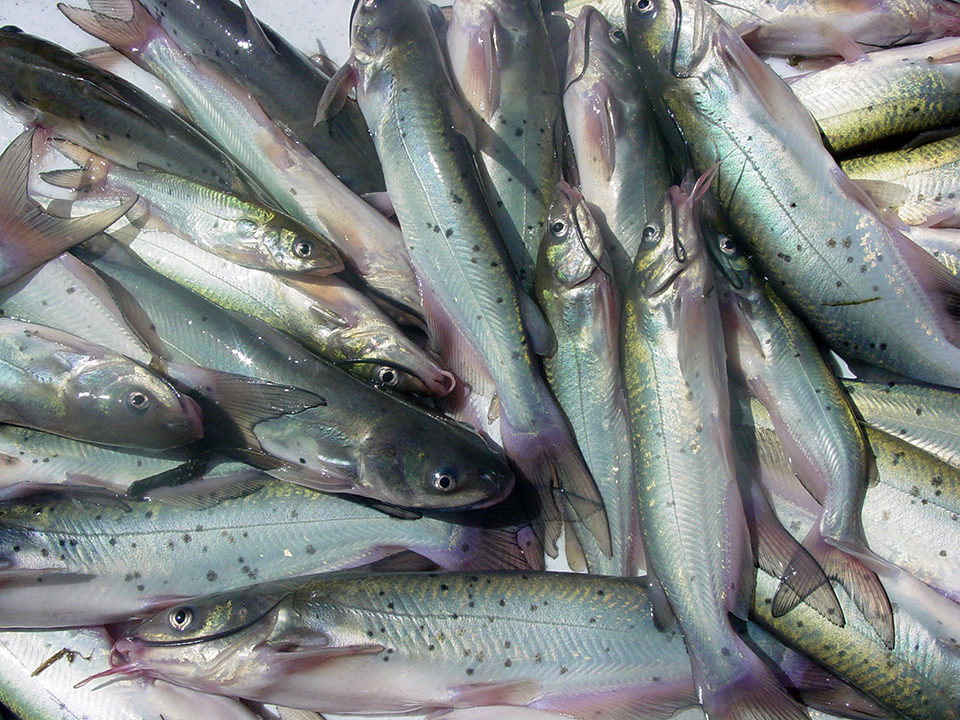
Essential oils, also known as volatile oils, are highly scented compounds of fragrant grasses, trees and plants. The word “essential” suggests that essential oils are vital to the life of plants, but this is not the case. The word “essential” is derived from the word “quintessence,” which can be defined as the “pure and concentrated essence of a substance.” Essential oils contain most of the plants’ active substances.
Many essential oil mixtures have been used for centuries in traditional medicine in the treatment of bacterial and viral diseases, inflammation, pain and even some forms of cancer. Today, they are commonly found as ingredients in cosmetics, perfumes, cleaning products and flavorings for food and drinks.
As the popularity of essential oils increases, products specific to the domestic livestock and aquaculture markets have emerged. These products – often sold as feed additives – appear to be associated with realized performance gains. Several studies have focused on unraveling the mode of action of the oils. It seems the modulation of gut microflora plays an important role, but many questions remain on how the additives provide their apparent medicinal effects.
At the animal level, research with domestic livestock suggests that essential oils may improve growth and feed efficiency, and increase the ability to ward off diseases. Although fewer studies using the oils in fish have been conducted, the data also suggest that essential oils have benefits in improving growth and controlling diseases.
Current research
At the Thad Cochran National Warmwater Aquaculture Center in Stoneville, Mississippi, USA, the authors conducted a trial to examine the effects of a commercial matrix-encapsulated essential oil (Biomin P.E.P. MGE) on weight gain, specific growth rate, feed-conversion ratio (FCR) and survival of channel catfish.
Groups of 50, 32.4 ± 1.7-gram fish per tank were randomly assigned to two treatments with five replicate tanks per treatment. Treatment 1 was a control with a 32 percent-crude protein floating commercial diet. Treatment 2 used the same diet with the addition of the essential oil at 200 g/mt.
The 1.15-m3 tanks were supplied with recirculated pond water and aeration. The fish were fed once a day to apparent satiation for 12 weeks and weighed every four weeks. Water quality was monitored throughout the study. At the end of the study, fillets from two fish per tank were analyzed for protein and fat.
Results
Water temperature and dissolved-oxygen concentrations averaged 32.9 degrees-C and 9.3 mg/L, respectively. Total ammonia nitrogen and nitrite averaged 0.34 and 0.01 mg/L, respectively. By week 8, fish in treatment 2 gained more weight (51.4 ± 1.9 versus 37.3 ± 5.1 grams/fish) and had a higher specific growth rate (1.8 ± 0.1 versus 1.5 ± 0.1) than the controls (P < 0.03).
At the end of the study, fish that received the essential oil product gained more weight (76.9 ± 2.0 versus 53.4 ± 3.2 g/fish) and had a higher specific growth rate (1.5 ± 0.1 versus 1.3 ± 0.1) than the controls (P < 0.001) (Table 1). In addition, fish fed the essential oil consumed more feed (104.3 ± 3.6 versus 79.6 ± 3.0 grams/fish), suggesting an increase in feed palatability.
Peterson, Growth performance of channel catfish fed diets, Table 1
| Treatment | Initial Weight (g) | Final Weight (g) | Weight Gain (g) | Specific Growth Weight | Feed Conversion Ratio | Survival (%) |
|---|
Treatment | Initial Weight (g) | Final Weight (g) | Weight Gain (g) | Specific Growth Weight | Feed Conversion Ratio | Survival (%) |
|---|---|---|---|---|---|---|
| Control diet | 33.40 | 88.40a | 53.4a | 1.30a | 1.51 | 89.5 |
| Diet with essential oil | 31.40 | 112.80b | 76.90b | 1.50b | 1.36 | 90.0 |
| Standard error | 1.94 | 2.48 | 2.17 | 0.03 | 0.06 | 4.8 |
There was an improvement in FCR (1.36 versus 1.51) in fish that received the essential oil, although it was not statistically different (P > 0.05). The survival rates of about 90 percent were similar in both treatments, as no natural outbreaks of disease were recorded. Fillet composition analysis showed that the amount of fat in the fillets of fish fed the essential oil was lower (16.1 versus 18.7 percent), and the amount of protein was higher (79.6 versus 76.5 percent) compared to controls (P < 0.09).
Perspectives
The results showed that fish fed an essential oil consumed more feed and gained more weight. In addition, fillets from fish fed the oil tended to have higher amounts of protein and lower amounts of fat.
The mechanisms through which the essential oil increased weight gain were not determined in this study, but may be related to an increase in appetite. The addition of essential oils to catfish diets may prove beneficial in improving the palatability of feed as well as the growth efficiency of channel catfish.
(Editor’s Note: This article was originally published in the July/August 2011 print edition of the Global Aquaculture Advocate.)
Authors
-
Brian C. Peterson, Ph.D.
Thad Cochran National Warmwater Aquaculture Center
U.S. Department of Agriculture
Agricultural Research Service
127 Experiment Station Road
Stoneville, Mississippi 38776 USA -
Brian G. Bosworth, Ph.D.
Thad Cochran National Warmwater Aquaculture Center
U.S. Department of Agriculture
Agricultural Research Service
127 Experiment Station Road
Stoneville, Mississippi 38776 USA -
Monica L. Wood
Thad Cochran National Warmwater Aquaculture Center
U.S. Department of Agriculture
Agricultural Research Service
127 Experiment Station Road
Stoneville, Mississippi 38776 USA -
Menghe H. Li, Ph.D.
Thad Cochran National Warmwater Aquaculture Center
U.S. Department of Agriculture
Agricultural Research Service
127 Experiment Station Road
Stoneville, Mississippi 38776 USA -
Ruben Beltran, M.S.
Biomin America, Inc.
San Antonio, Texas, USA
Tagged With
Related Posts
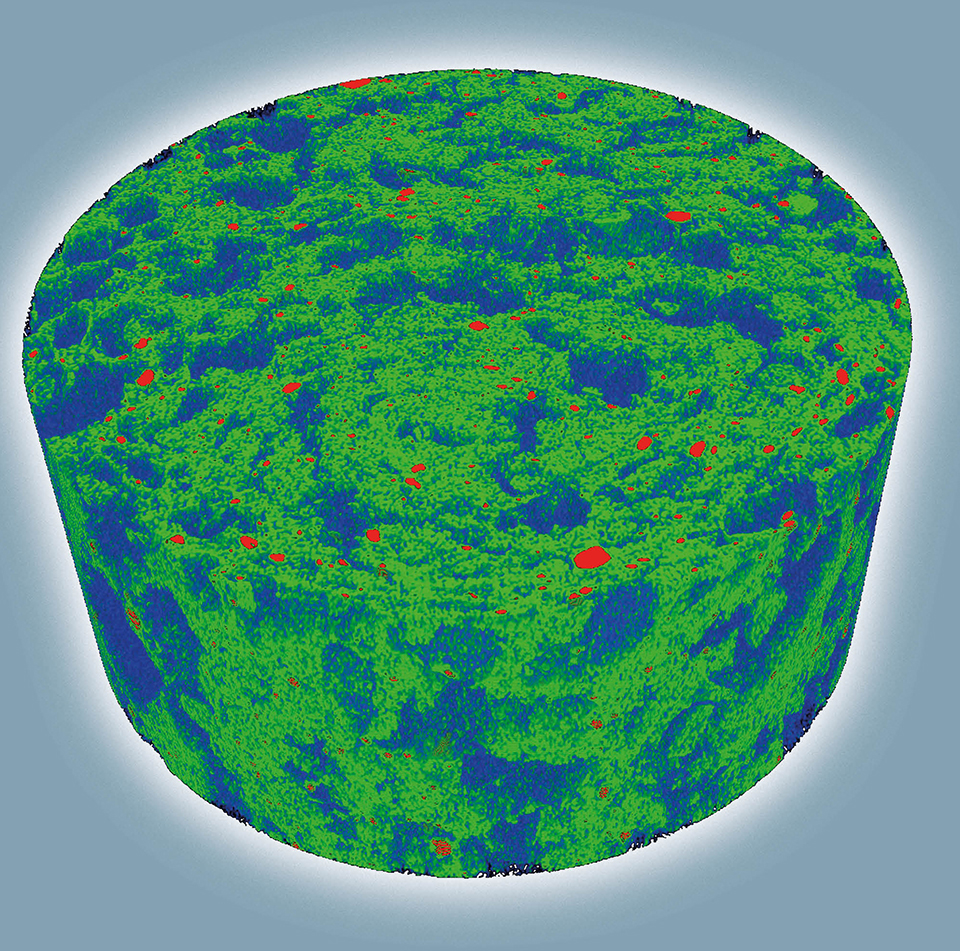
Aquafeeds
Alternative feed ingredients support continued aquaculture expansion
Identifying sources for essential macro- and micronutrients is important, as well as understanding how best to manufacture feed to required physical specifications when using these new raw materials.
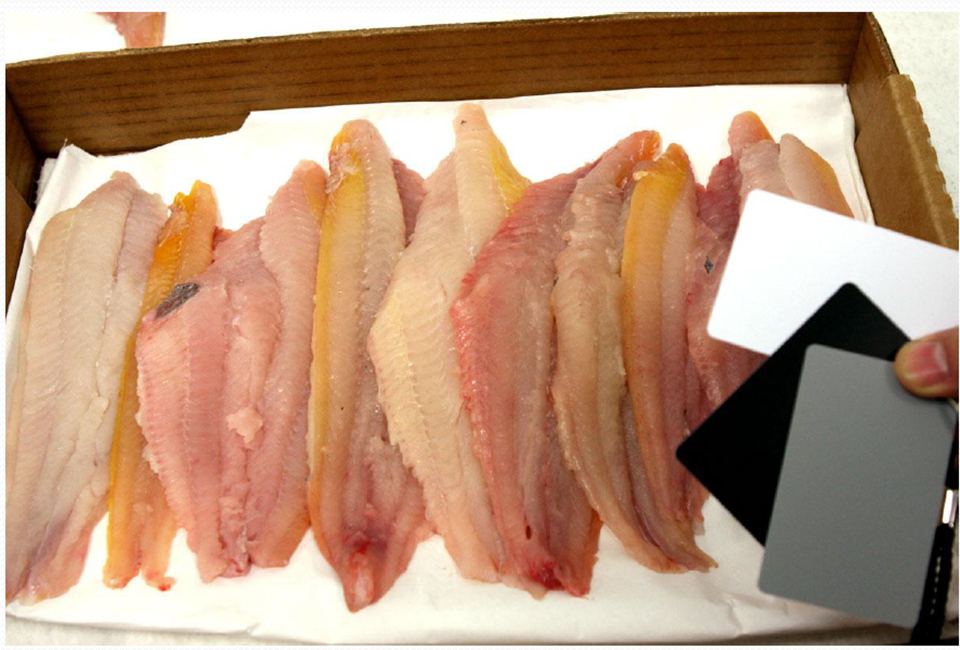
Innovation & Investment
Assessing coloration in channel catfish fillets
Because consumers look at color to gauge quality of catfish fillets, the authors developed a digital photography measurement method to assess yellowness.
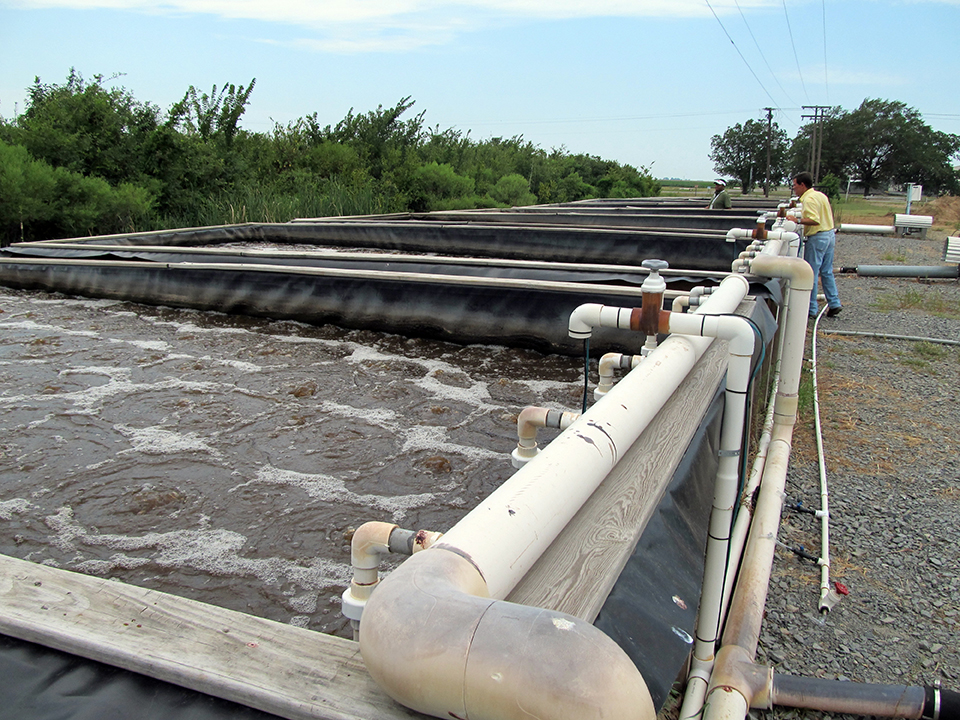
Health & Welfare
Biofloc technology reduces common off-flavors in channel catfish
In studies that used biofloc systems to culture channel catfish, culture tanks were susceptible to episodes of geosmin and 2-methylisoborneol and subsequent bioaccumulation of off-flavors in catfish flesh.
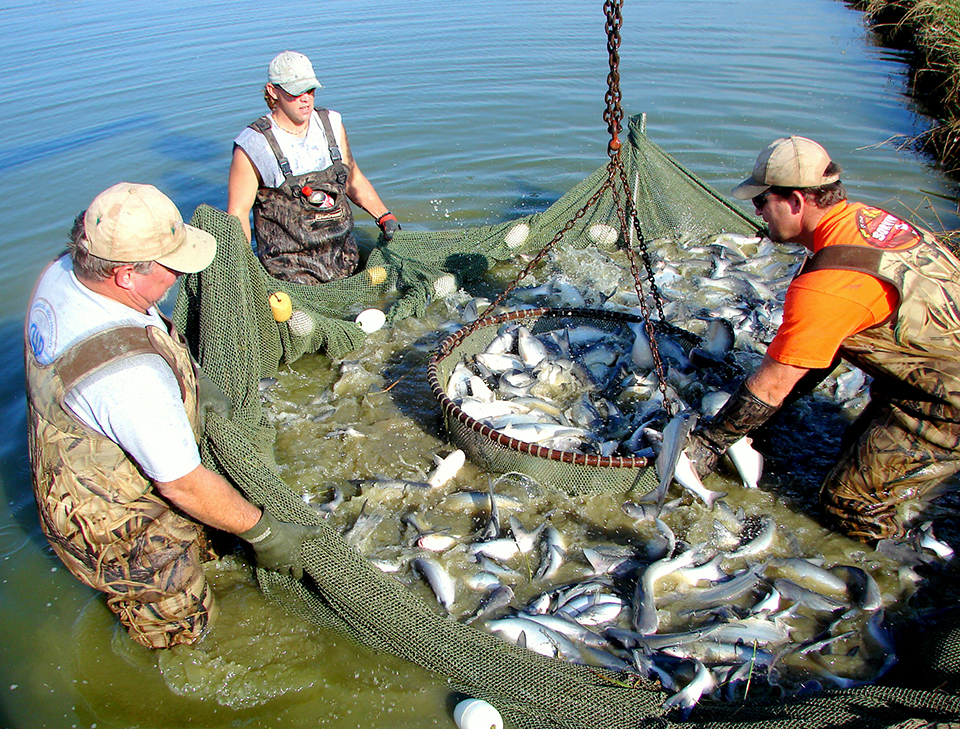
Health & Welfare
Blue catfish outproduce channel catfish under low-D.O. conditions
Although there is increasing interest in blue catfish, a potential disadvantage of the fish when compared to channel catfish is their reported poorer tolerance of low dissolved-oxygen concentrations.


